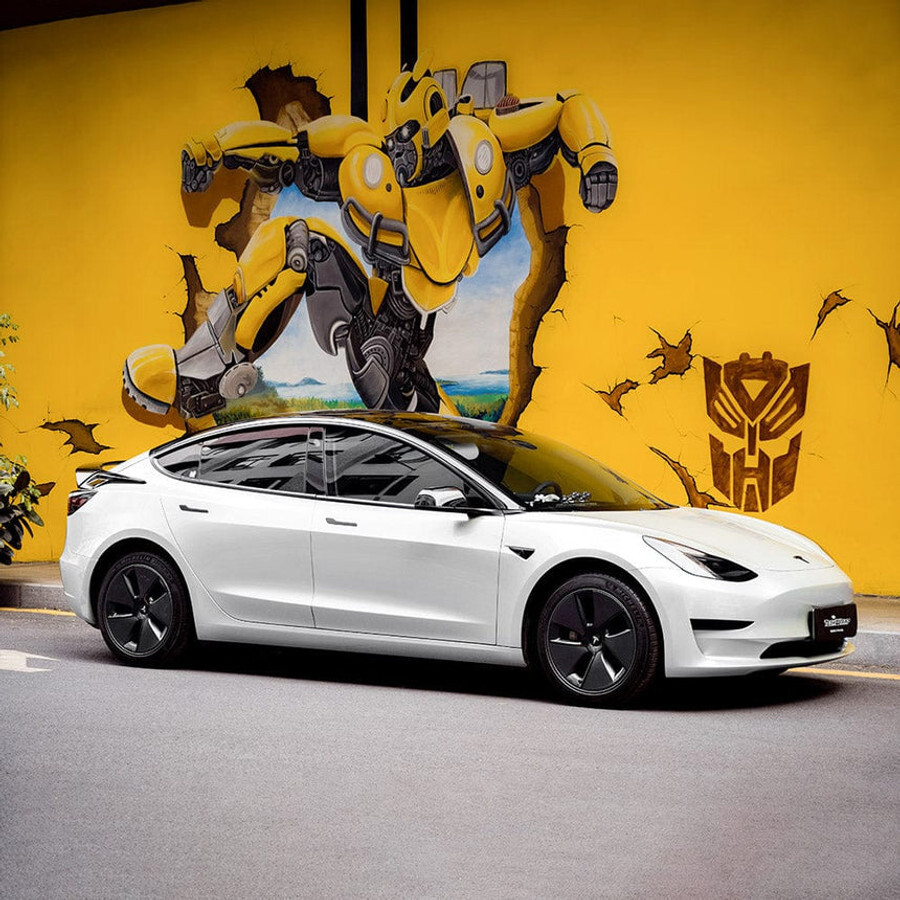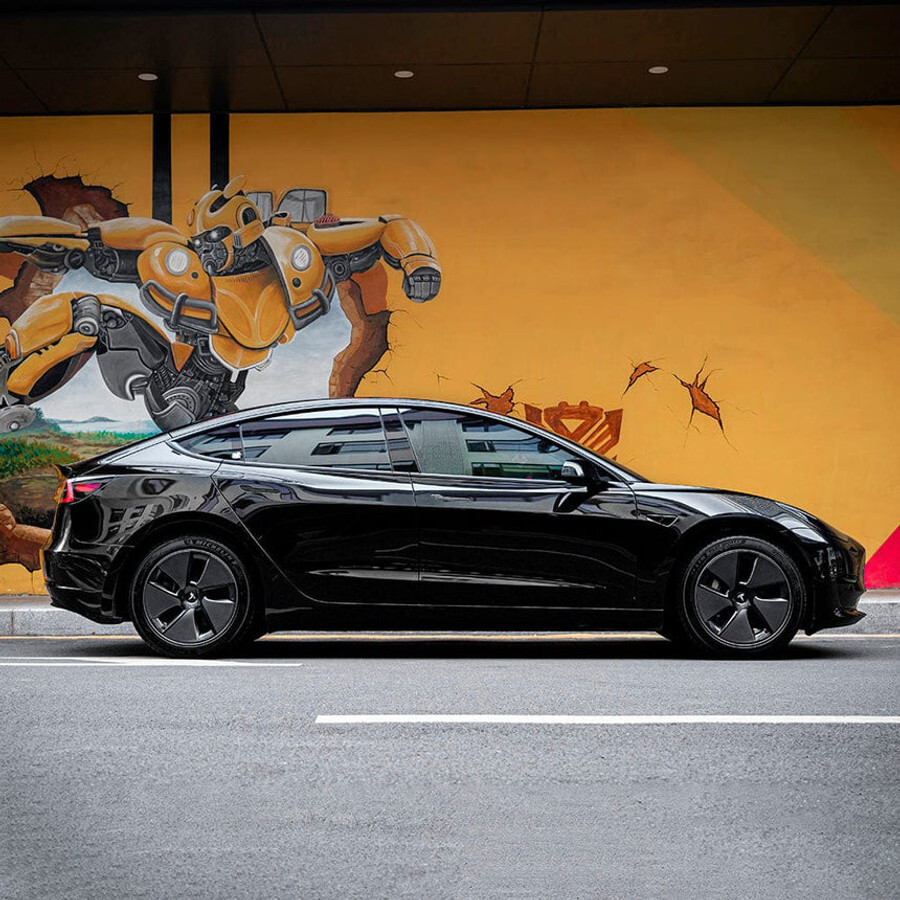Selecting the right color for your car is a very important part of the whole buying process. The color choice depends on different factors, including personal preferences, regional trends, and some practical implications like resale value, etc. No doubt, the color of a car represents the personality and taste of the car owner.
Car color has a great impact on the aesthetic appeal of the car as well as its resale value. Some colors gain more popularity than others due to the variation in personal choices and regional trends. Car manufacturers are completely aware of the variations in consumer preferences in different regions. Understanding these factors helps car manufacturers as well as consumers to make informed decisions.

Why Car Color Matters and How It Affects Your Decision
The color of a car goes beyond just a surface color. Color is an influential tool in making human perception. It has psychological, traditional, and practical implications. The decision-making process is influenced by many factors.
Color Psychology
Different colors have their psychological impacts as they are associated with and evoke different types of emotions. Some people make emotional connections with certain colors. Resultantly influencing the decision-making process. Different types of personalities prefer different colors that match their personality and taste.
Culture
In different regions and cultures, people perceive colors differently. This influences their journey on color choice decisions. In some cultures, black is perceived as a sign of power, authority, and sophistication. Red is considered a sign of passion, joy, and excitement. These perceptions may vary from region to region.
Heat Absorption
Geography also plays a role in the color choice of your car. In hot areas like Miami, choosing light colors is a good option as they absorb less heat and keep the car cool. In cooler regions like Canada, Dark colors play a role in color choice as they absorb more heat than brighter colors. This results in a raised temperature in the car.
Economical factors
Resale value is also an important factor that affects the color choice of a car. Traditionally, cars with natural and popular colors tend to have more resale value than those of unconventional and unpopular colors.
Safety and Visibility
Bright colors like white, silver, yellow, and orange are reflective and are more visible in different situations, i.e. in the dark or in bad weather. Resultantly, there is less chance of accidents or collisions as compared to less reflective dark colors with decreased visibility tending to blend in the background.
Global Car Color Trends: What’s Most Popular Around the World?
The most popular color for cars may vary by region. But being Simple, timeless, and evergreen, white leads the most popular color around the globe. According to the BASF survey, White is the most trending color worldwide.
The share of white in the global market is about 36% of new cars. Black covers (21%), grey (15%), and silver-grey (9%). Grayscale colors cover most vehicles running on the roads around the globe. After grayscale colors, blue and red also have a significant share in the market.
The Most Popular Car Colors in the UK and Regional Preferences
According to the latest figures issued by the Society of Motor Manufacturers and Traders (SMMT), grey is the most popular color in the UK. Black, white, and grey were 2nd,d and 4th respectively. In the UK, these four colors account for more than 75% of total orders.
Blue and red are preferred in 4th and 5th place. Gray is considered a neutral color and is good at hiding dirt and scratches.
Why Black and White Cars Continue to Dominate the Market
Black and white are the most basic and natural colors. They are always considered among the top choices when choosing a car color. White symbolizes purity, simplicity, and modernity, while black exhibits elegance and power in an understated style.

Key Considerations Before Choosing Your Car Color
Many important factors other than aesthetics should be considered when you choose the color of your car. The choice of color significantly impacts resale value, maintenance requirements, and also your safety and visibility on roads. Understanding these key considerations helps you to make informed and calculated decisions.
Personal preference
Apart from all statistics, listen to what your heart says. Choose your favorite car color that reflects your personality, taste, and style.
Climate
It is better to choose the color of your car keeping in view the climate conditions in your area. Darker colors absorb more heat and should be preferred in cold areas. While being more reflective, lighter colors should be preferred in hot areas.
Maintenance
Lighter colors require less maintenance as dirt and scratches are less likely to be visible on these surfaces and thus require less frequent washes. Darker colors require more frequent washing as dirt and other contaminants are more visible on dark surfaces.
Resale Value
The color of a car significantly affects its resale value. Natural colors like white, black, gray, and silver are more acceptable colors in new car purchases as well as second-hand. These colors have higher resale value compared to other vivid colors that are less popular or unique.
Conclusion
The decision-making process for the best car color is influenced by many factors, including personal preferences, practical implications like resale value, maintenance and climate impacts, regional preferences, and psychological factors. Greyscale colors are the most common car colors worldwide. They are more acceptable among the masses than others. While choosing the car color, one should also consider his own choice, style, and taste apart from all statistics.
